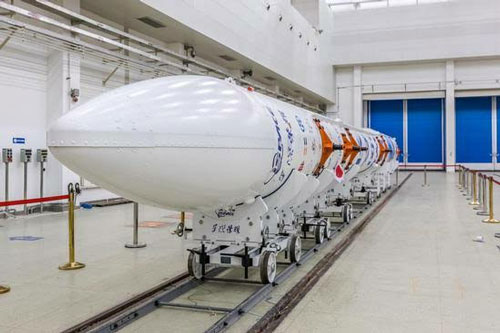Beijing
China developed and launched over 40 commercial satellites for communication, remote sensing and technological experiments in 2019, according to a report recently released by the China Aerospace Science and Technology Corporation.
Most of the commercial satellites are microsatellites with a weight of less than 100 kg. The number of emerging diversified commercial satellite producers in China is also increasing rapidly, said the report.
China has issued policies to encourage social capital to invest in the development, launch and operation of commercial satellites, and promote technological development and innovation of business models through sharing resources between traditional state-owned aerospace enterprises and new private space companies, said the report.
Satellite operation will become a profitable sector in the commercial aerospace industry, while the integration of aerospace and other industries will create more value and profits, said Yu Miao, head of the Beijing Institute of Space Science and Technology Information.—Xinhua










